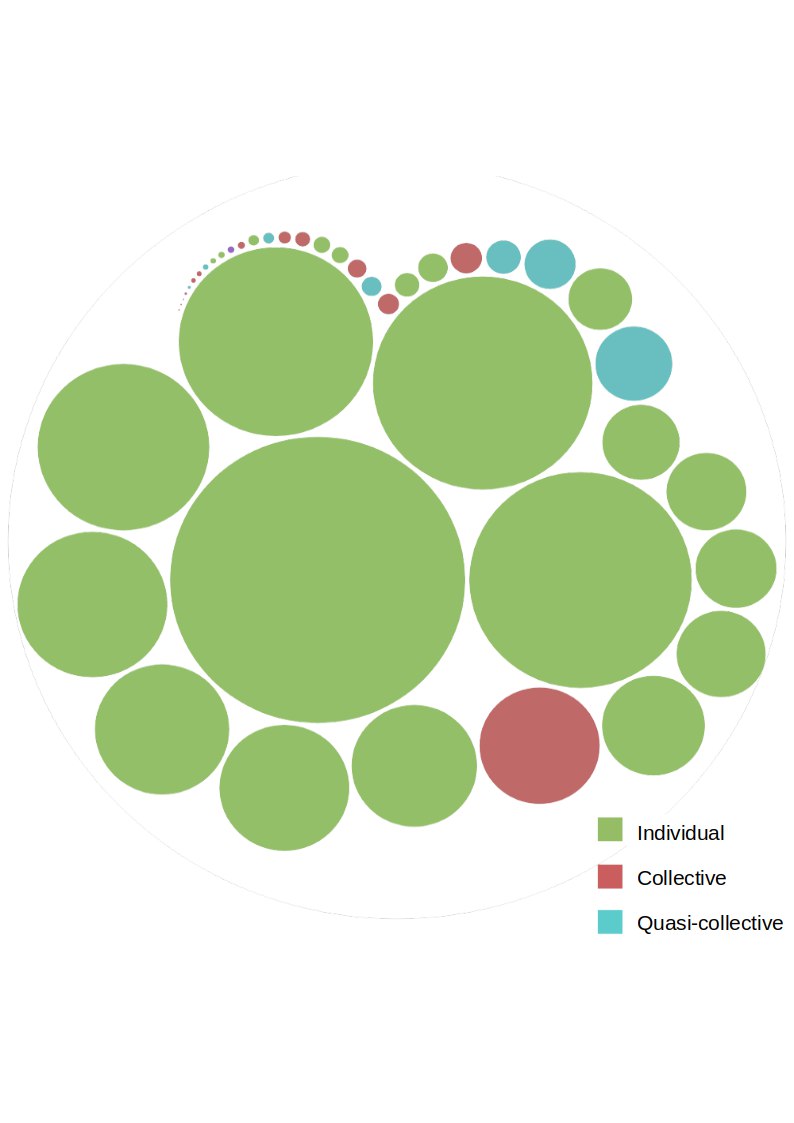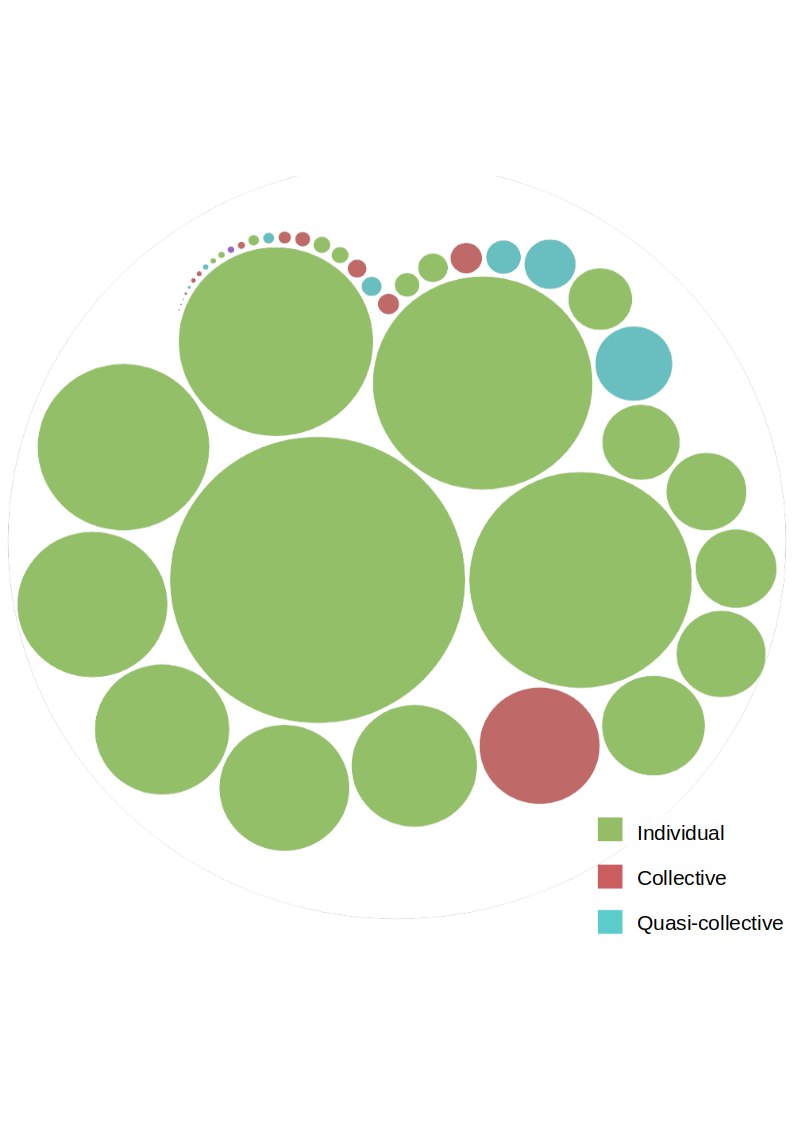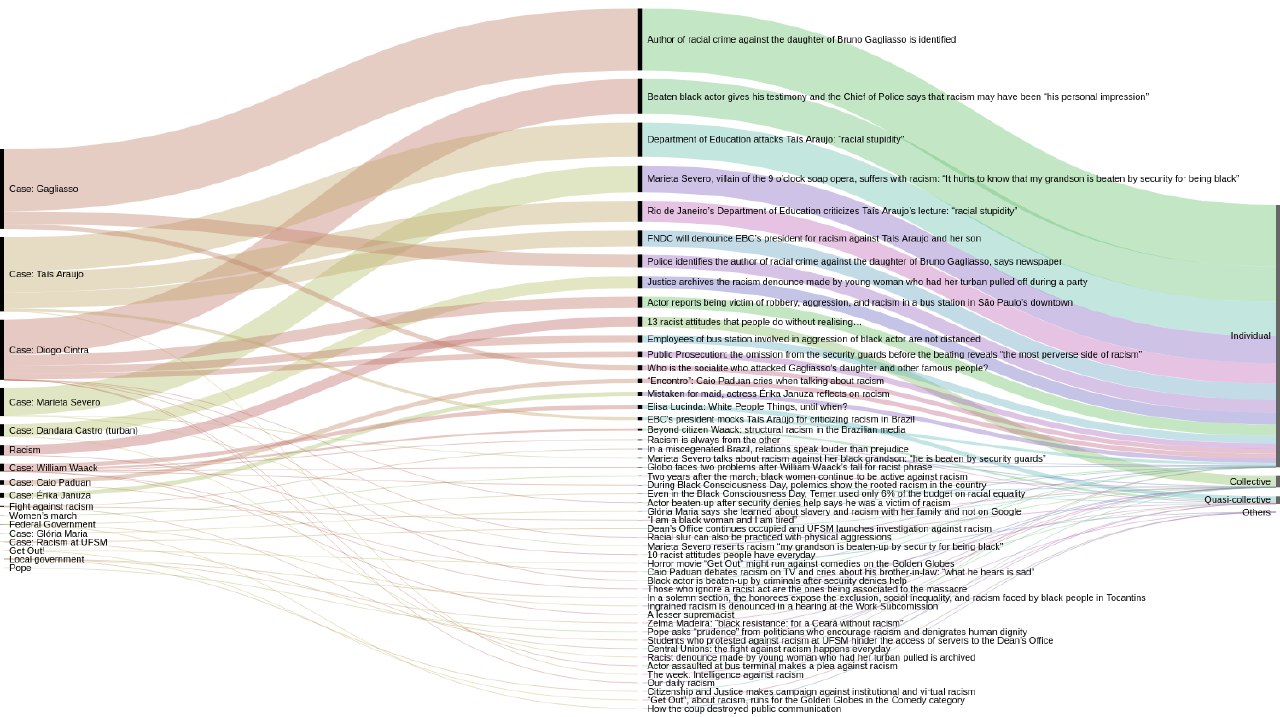
How is racism being discussed on the Internet? An experiment with data during the Brazilian month for Black Consciousness
Even in the period surrounding the Brazilian Black Consciousness Day, individual cases of racism have more impact on the web than discussions about structural racism. This is what an experiment made by our research coordinator Natália Neris and our researcher Lucas Lago about engagement levels on Facebook regarding debates on racism in the month of Black Consciousness indicated. The goal of this study was to assess the relevance of discourses that circulate on the social networks about the topic in order to provide guidelines for the debate about race. The result was published by the Brazilian blog Blogueiras Negras.
The Internet has amplified voices from black, indigenous and LGBTTQI groups: since the beginning of the 2010’s these groups have organized themselves in blogs, social networks, and video platforms, placing less recurring themes from the traditional media on the agenda — like religious intolerance, ethnical-racial relations education, aesthetics, arts, cinema, afro literature, etc. These affirmations are part of our certainties at the moment, but the novelty of this scenario encourages new questionings, especially when it comes to the reach of these discourses in at least two senses: its capillarity and its relevance to place the debate about race in the public sphere.
These questions are present among black men and women who, from the experience of being content producers, are able to have a perception of the disparity between the reach of material produced by them (capillarity) and by other identity-defined groups, mainly white, cisgender men. In November, this topic was very relevant in a debate held by InternetLab with the youtuber Murilo Araújo (Muro Pequeno) and Charô Nunes (Blogueiras Negras), however, Brazil lacks studies that aim to measure this perception. In the US, a research made by researchers Johnnatan Messias (UFMG), Fabricio Benevenuto (UFMG) and Pantelis Vikatos (Patras University) – “White, Man, an Highly Followed: Gender and Race Inequalities in Twitter” confirm the data on inequality on the access to content, depending of the producer on the platform.
Regarding what we identified as a second sense — relevance of the material produced by black people in the public sphere to raise the debate about race — we sought to do an experiment based on a landmark when racial issues are widely discussed: Black Consciousness Day.
What and how we did it?
We selected the previous and the week after the last Black Consciousness Day (November 13-27th 2017) to identify and measure the engagement of links. We selected the first 50 news stories in Google’s ‘News’ tab, filtering the results only to Brazil with the key-word “racism” (racismo, in Portuguese). Our engagement indicator was made by the addition of the likes, comments, and shares that each of these links had on Facebook.
After mapping all 50 news, we identified a pattern: the majority of them dealt with cases of racism. We then created a classification, evaluating whether the text dealt with racism of racial issues through an individual approach (reporting only on a particular case); collective (bringing a wider/structural conversation on the phenomenon); and what we called quasi-collective (those that discussed the topic in a structural manner, but from a particular case).
In the first graphic, the size of the circles makes a reference to the engagement of a link on Facebook and the result shows that the engagement of individual news surpasses the other classifications over ten times.

The second graphic also shows which were the individual subjects that dominated the headlines during those weeks: the cases involving the children of actors’ Taís Araujo, Bruno Gagliasso, Diogo Cintra and the grandson of actress Marieta Severo, mainly. See below:

What does this experiment seem to show?
The centrality of individual cases drew out attention, as they mainly involved victims who are famous on the Internet, beyond the case of actor Diogo Cintra, who even suffered physical injuries during that period.
These cases are emblematic and serious on their own, they deserve to be debated in the public sphere, and even to be solved in the judiciary. However, it is alarming that topics related to racial issues which were discussed during the whole year and that were even picked as an agenda by black activists for the Black Consciousness month did not have the same place of engagement level in that period, which could indicate the supplanting of structural discussions and the directing of attention towards specific cases.
The experiment seems to make explicit two characteristics of Brazilian racism which are discussed at length in sociological and anthropological theories: (i) the non-centrality of black voices producing content about themselves — in a space in which they are highly present, the Internet — which probably has to do mainly with how mass communication media works as well; and (ii) the dynamics of the interpretation of racial relations in Brazil: prejudice and cruelty are always in the other person and, in extreme cases, we find them here in the racism against children and adults, with physical violence as well.
At the bottom, we find the voices of black producers and topics that deal with the phenomenon of racism from a structural reading, relating it to inequalities and historical phenomena. With this experiment and its report, we bring a reflection and invite new analyses to the debate, with the hope that if they do not show that these voices and approaches are on the surface through other parameters, that they help with widening their discussion until they rise.
Team involved in the project: Natália Neris (natalia.neris@internetlab.org.br) and Lucas Lago (lucas.lago@internetlab.org.br).
Translation: Ana Luiza Araujo
Technical Note: this experiment was made using the interface made available by Facebook at https://developers.facebook.com/tools/explorer/, a search for each of the links was made, selecting “GET” parameters, the version “v.2.9” and inserting the data ?id=[url da página]&fields=id,og_object,engagement. The interface gives as a result from this command some information about the link passed, in addition to information about the “engagement”. A similar result can be obtained used the CrowdTangle extension available at http://www.crowdtangle.com/